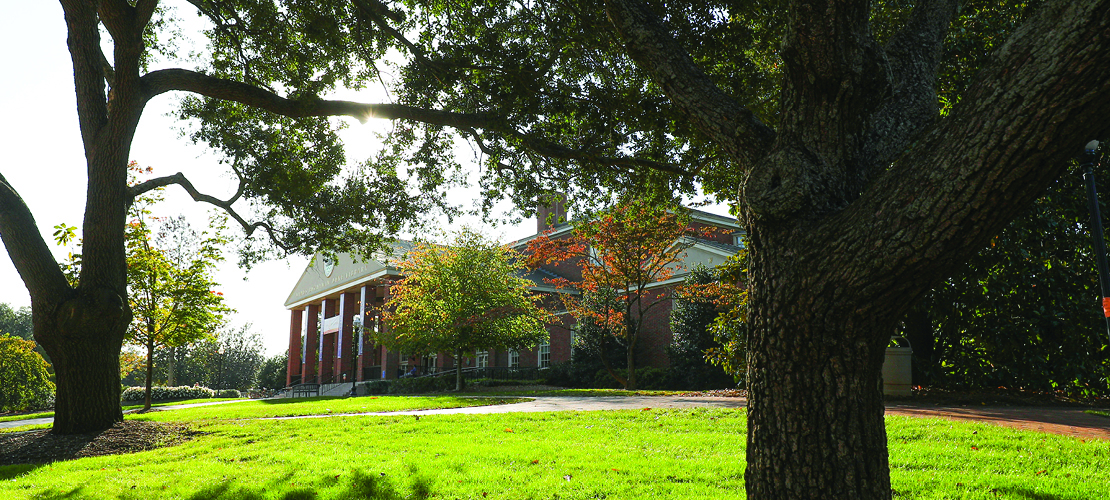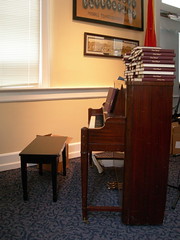I recently attended the Farther Along Conference, the first conference to focus on the tradition of southern gospel convention singing. This was a new church music genre for me. I have experienced shape-note singing as a scholar and as a participant, and grew up listening to gospel quartets that my parents loved.
Southern gospel convention singing can be seen as the bridge between these two types of gospel music. The first half of the 20th century saw shape notes being used in gospel hymnbooks, which were used in the setting of convention singings, where people from various church backgrounds would gather to sing, usually for at least a full day, sometimes longer. Some people refer to this kind of singing in their memories as “Dinner and singing on the grounds.”
Although the New Grove Dictionary of Music and Musicians’ article on shape-note singing after 1924 makes it sound like gospel convention singing died out, it is actually still going strong in the south. Every year each convention publishes a new songbook, with new songs being added annually. At the Farther Along Conference, I had the opportunity to talk to some of the songwriters. In most songbooks, publishers reserve specific numbers for specific songwriters, letting the purchaser flip to an favorite to see what they have added to the convention singing that year.
Convention singing is one of the traditions keeping shape-note singing alive in this country. Children and new singers are instructed in Singing Schools, just as they are in Sacred Harp and other shape-note singing traditions. There are summer camps like the Do Re Mi Gospel Music Academy where students of all ages can learn the tradition.
During the conference, several family groups performed. This is a short clip of the Reid Family Singers (Byron Reid being one of the Singing School teachers) singing “The Grand Highway” in shape notes.
This video clip shows the same family singing the same song using words this time. (Sorry the video quality isn’t the greatest – this was taken on my digital camera from a spot in the crowd).
One aspect of convention singing distinguishing it from other types of shape-note singing is that of piano accompaniment. Pianists play from the hymnals that are only the vocal parts, adding an improvisational feel that sets the upbeat tone of the entire singing. The most interesting session of the conference for me was a demonstration by three convention accompanists.
The conference spent a lot of time putting convention singing in context, as it has been largely overlooked in scholarly circles. There were discussions on its publishing history, how it has crossed denominational lines, the current status of creation of new songs, and how traditions are passed on even as they continue to change.
If you are interested in experiencing a convention singing, a complete list is on this website. As I learned during the taste of convention singing I had during one night of this conference, you will be provided with a songbook to use and the person you sit next to will be happy to show you what to do.
Categories: Conference, Gospel Music, Local Music, Southern Traditions



